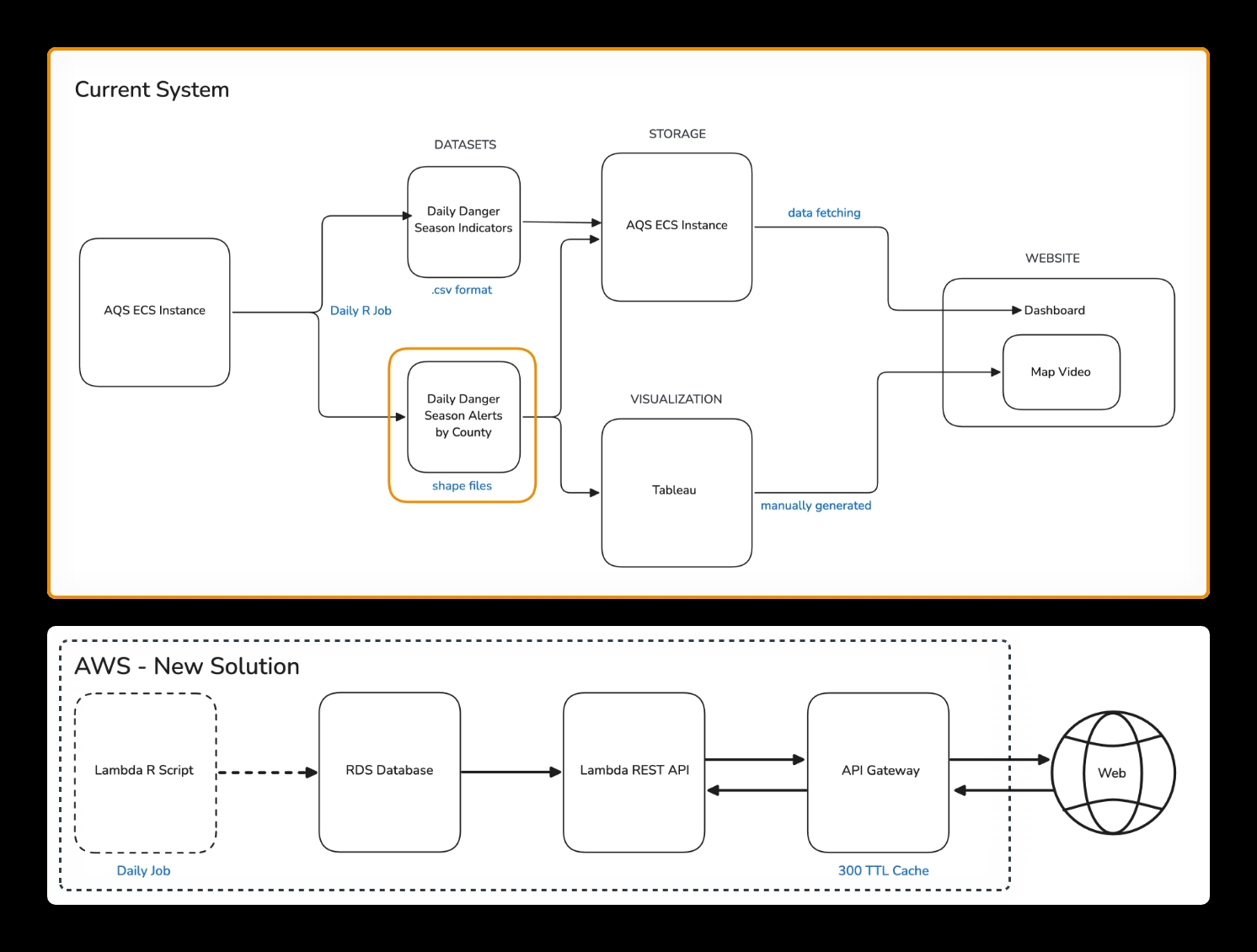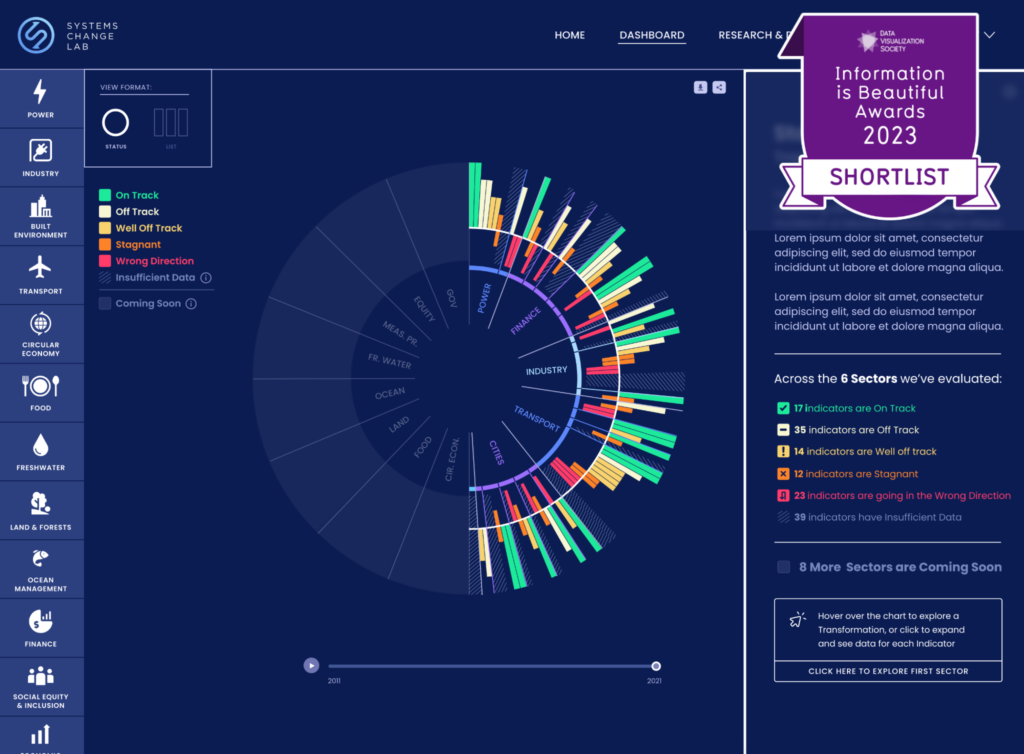To get an accurate sense of the current state, Graphicacy started with a rigorous requirements-gathering process. This included an assessment of the data in use, where it came from, who touched it, and the frequency of updates.
Graphicacy built the new API using programming languages familiar to Juan and his team, which allows for easier down-the-road tweaks and ongoing maintenance. They also included self-service options via Swagger UI so the scientists could add new data categories to scale the project and integrate additional indicators.
Juan and his team are already considering how best to take advantage of that flexibility. For example, they’re looking into collaborating with other UCS colleagues to assess the agricultural impact of weather events or add air quality index values to the map.
By automating Danger Season’s data ingestion and storage, Graphicacy has greatly reduced AWS infrastructure costs as well as the maintenance burden on UCS staff, who now have more time to focus on translating their data into powerful messages around urgent climate action.
A story in The Guardian noted that, by late June 2023, half of the U.S. population had experienced at least one Danger Season alert. And in August 2024, a story in the Los Angeles Times referenced the tool and UCS’s diligent work in a profile of the country’s Danger Season.







